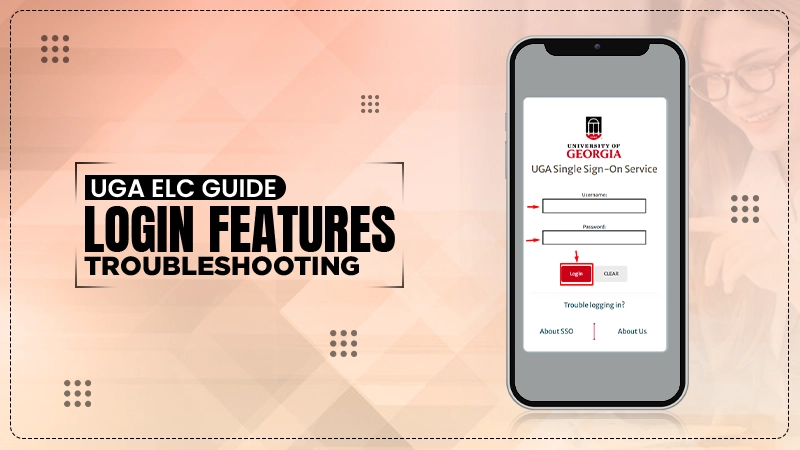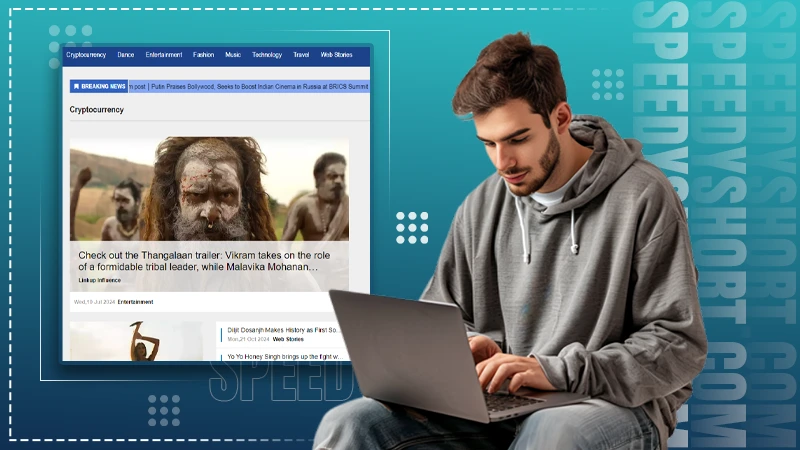Unlocking the Power of преводсч: A Gateway to Global Communication
Introduction
In an increasingly interconnected world, the ability to communicate across language barriers has never been more crucial. For language learners and translators alike, преводсч stands as a powerful tool that bridges gaps and fosters global understanding. This blog post delves into the multifaceted role of преводсч, exploring how it enhances language learning, improves communication, and shapes the future of global interactions. Whether you’re an aspiring polyglot or a seasoned translator, understanding преводсч can open new doors and provide valuable insights into effective communication. Also, learn about 01224460908 Exposed by reading this article.
What is преводсч?
At its core, преводсч is a sophisticated tool designed to facilitate the translation and interpretation of languages. It plays a pivotal role in breaking down linguistic barriers, allowing individuals from different parts of the world to understand and communicate with each other seamlessly. The term преводсч encompasses a wide range of applications, from simple word translations to complex document interpretation, making it an indispensable asset for language learners and professionals alike.
The versatility of преводсч cannot be overstated. It serves as both a learning aid for those acquiring new languages and a professional resource for translators working in various fields. By providing accurate translations and contextual understanding, преводсч helps users grasp the nuances of foreign languages, thereby enhancing their communication skills and broadening their cultural horizons.
Moreover, преводсч goes beyond mere word-for-word translation. It considers the context, idiomatic expressions, and cultural subtleties that are often lost in traditional translation methods. This comprehensive approach ensures that the intended message is conveyed accurately, fostering mutual understanding and respect between speakers of different languages.
The Technology Behind преводсч
The evolution of преводсч technology has been nothing short of revolutionary. Modern преводсч tools leverage advanced algorithms, machine learning, and artificial intelligence to deliver precise and contextually appropriate translations. These technologies have significantly enhanced the efficiency and accuracy of translation processes, making it an invaluable resource for both personal and professional use.
One of the key advancements in преводсч technology is the development of neural machine translation (NMT). NMT systems use deep learning techniques to understand and translate whole sentences, rather than just individual words. This results in more fluent and natural translations, capturing the essence of the original text while maintaining grammatical integrity. Leading platforms such as Google Translate and Microsoft Translator utilize NMT to offer high-quality translations in real-time.
Another significant innovation is the integration of преводсч tools with various digital devices and applications. From smartphones and tablets to web browsers and word processors, it services are now readily accessible, allowing users to translate text on-the-go. Voice recognition technology further enhances the functionality of преводсч, enabling spoken language translation and facilitating smoother verbal communication.
In addition to these advancements, the incorporation of translation memory and terminology management systems has streamlined the workflow for professional translators. These systems store previously translated content and specific terminology, ensuring consistency and accuracy across large projects. By reducing redundancy and enhancing productivity, these tools have become essential components of the преводсч ecosystem.
Utilizing преводсч for Language Learning
For language learners, преводсч offers a wealth of resources and strategies to enhance their learning experience. By leveraging its’s tools, learners can gain a deeper understanding of new languages, practice their skills, and overcome common learning challenges.
One practical tip for language learners is to uses it for vocabulary building. By translating words and phrases from their native language into the target language, learners can expand their lexicon and reinforce memory retention. Additionally, преводсч can provide examples of word usage in different contexts, helping learners grasp the subtleties and variations in meaning.
Another effective strategy is to use it for sentence structure and grammar practice. By translating entire sentences, learners can observe how grammatical rules are applied and compare them with their native language. This comparative approach aids in understanding complex linguistic structures and improving overall language proficiency.
Listening and speaking skills can also be enhanced through преводсч. Voice translation features allow learners to practice pronunciation and intonation by listening to the translated speech. By repeating and mimicking the native speaker’s pronunciation, learners can develop more accurate and natural-sounding language skills.
Furthermore, преводсч can be an invaluable tool for immersive language learning. By translating authentic materials such as news articles, books, and videos, learners can immerse themselves in the target language and culture. This exposure to real-world content helps learners develop a deeper appreciation for the language and its cultural context.
преводсч in Action: Real-World Applications
The impact of it extends far beyond the realm of language learning. It plays a critical role in various industries, facilitating communication, enhancing productivity, and driving global collaboration. Here, we explore some real-world applications and success stories of преводсч in different sectors.
Healthcare
In the healthcare industry, clear communication is paramount. преводсч tools enable healthcare professionals to interact with patients who speak different languages, ensuring that medical information is accurately conveyed. For instance, hospitals and clinics often use translation services to provide multilingual patient forms, consent documents, and informational brochures. This not only enhances patient care but also ensures compliance with legal and ethical standards.
Business and Commerce
Global businesses rely heavily on преводсч to operate across diverse linguistic landscapes. From translating marketing materials and product descriptions to facilitating international negotiations, It enables companies to reach a broader audience and build strong relationships with global partners. A notable example is the e-commerce giant Amazon, which uses advanced translation algorithms to provide product listings and customer reviews in multiple languages, enhancing the shopping experience for customers worldwide.
Legal and Government
In the legal and governmental sectors, преводсч is essential for ensuring that legal documents, policies, and regulations are accessible to all citizens, regardless of their language. Courts and legal firms use professional translation services to provide accurate translations of contracts, legal briefs, and court proceedings. Additionally, government agencies rely on it to communicate with multilingual populations, promoting inclusivity and equal access to information.
Future Trends in преводсч
As technology continues to advance, the future of it holds exciting possibilities. Emerging trends and innovations are set to further transform the way we communicate and interact across languages. Here, we explore some of the most promising trends shaping the future of преводсч.
AI-Powered Translation
Artificial intelligence is poised to revolutionize преводсч even further. AI-powered translation systems are becoming increasingly sophisticated, capable of understanding context, idiomatic expressions, and cultural nuances. With continuous improvements in machine learning algorithms, these systems will offer more accurate and natural translations, bridging language gaps more effectively than ever before.
Real-Time Translation
The demand for real-time translation is growing, driven by the need for instant communication in a globalized world. Future преводсч tools will leverage advanced voice recognition and natural language processing technologies to provide seamless, real-time translation across various platforms. This will enable smoother interactions in international business meetings, conferences, and social settings.
Personalized Translation
Personalization is another emerging trend in преводсч. Future tools will be able to adapt to individual preferences and linguistic styles, providing translations that resonate more closely with the user’s unique voice. This level of customization will enhance the user experience, making translations more relevant and engaging.
Education and E-Learning
The education sector has also seen significant benefits from the use of преводсч tools. In multicultural classrooms, teachers can use these tools to bridge language barriers between students, fostering a more inclusive learning environment. Online educational platforms leverage translation technologies to offer courses in multiple languages, making high-quality education accessible to a global audience. For example, platforms like Coursera and edX use translation services to provide subtitles and translated content, ensuring that learners from different linguistic backgrounds can fully engage with the material.
Humanitarian Efforts
Translation tools are invaluable in humanitarian efforts, where clear communication can be a matter of life and death. Non-governmental organizations (NGOs) and aid workers use преводсч to communicate with displaced populations, deliver critical information, and coordinate disaster response efforts. For instance, organizations like the Red Cross and Médecins Sans Frontières rely on translation services to provide medical care and support in regions affected by crises.
Travel and Tourism
The travel and tourism industry has greatly benefited from преводсч tools, enabling seamless communication between travelers and locals. Tourists can use translation apps to navigate foreign cities, order food in restaurants, and engage with local cultures more authentically. Travel companies and tourism boards use these technologies to offer multilingual information, making destinations more accessible and enjoyable for international visitors. A good example is the translation features integrated into Google Maps, which help travelers understand place names, directions, and reviews in their native language.
Conclusion
The transformative power of преводсч cannot be overstated. As a gateway to global communication, it enables language learners, translators, and professionals to bridge linguistic divides and foster mutual understanding. By leveraging the latest technologies and tools, преводсч enhances efficiency, accuracy, and cultural awareness, making it an indispensable asset in today’s interconnected world.
For those starting their journey in language learning or translation, it offers valuable resources and strategies to achieve proficiency and fluency. For professionals across various industries, it facilitates effective communication, drives productivity, and supports global collaboration.
As we look to the future, the continued evolution of преводсч promises even greater advancements, with AI-powered, real-time, and personalized translation tools on the horizon. Embracing these innovations will open new doors and create endless opportunities for global interaction and understanding.
Explore the potential of преводсч and unlock new possibilities in your personal and professional life. The world is waiting to hear what you have to say.












